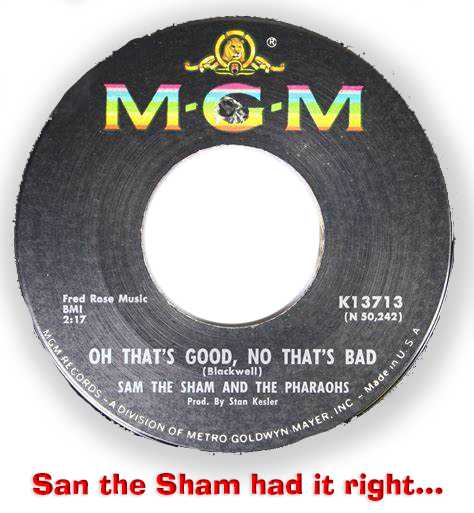We post news and comment on federal criminal justice issues, focused primarily on trial and post-conviction matters, legislative initiatives, and sentencing issues.

USSC ESTIMATES RETROACTIVITY IMPACT OF 2024 GUIDELINE AMENDMENTS
 The Sentencing Commission is considering whether to make several defendant-friendly changes in the proposed 2024 Guidelines amendments retroactive. One factor in any retroactivity analysis is how many inmates would be eligible for a sentence reduction.
The Sentencing Commission is considering whether to make several defendant-friendly changes in the proposed 2024 Guidelines amendments retroactive. One factor in any retroactivity analysis is how many inmates would be eligible for a sentence reduction.
Last week, the USSC staff released a study that was both good news and bad news for prisoners hoping to benefit from next November’s amendments. The staff found that if all four changes are made retroactive, a few more than 4,000 inmates might benefit.
The four changes for which retroactivity is on the table are
• the acquitted conduct amendment;
• a change to USSG § 2K2.1(b)(4)(B)(i) to provide that the 4-level enhancement gun serial number obliteration applies only if the serial number has been modified such the original number is “is rendered illegible or unrecognizable to the unaided eye;” and
• a change to Commentary in § 2K2.4 to permit grouping of 18 USC § 922(g) gun counts with drug trafficking counts where the defendant has a separate 18 USC § 924(c) conviction based on drug trafficking.
• a change in USSG § 2D1.1(a) to tie mandatory and high base offense levels to statutory maximum sentences instead of more complex factors that are not necessarily consistent with 21 USC § 841(b)(1)(A) or (B).
The USSC staff estimates if the Commission were to authorize retroactivity for the acquitted conduct amendment, 1,971 Bureau of Prisons inmates would be eligible to seek retroactive sentence chances.
If the Commission were to authorize retroactivity for the USSG § 2K2.1(b)(4)(B)(i) gun serial number obliteration amendment, 1,452 prisoners would be eligible to seek modification of their sentences.
Retroactive application of the change in USSG § 2K2.4 to permit grouping of § 922(g) gun counts with drug trafficking counts would benefit only about 102 BOP prisoners.
Finally, if the Commission were to authorize the retroactive application of the amendment changing USSG § 2D1.1(a) to tie mandatory and high base offense drug crime levels to statutory maximum sentences, the staff found, 538 prisoners would be eligible to seek a sentence reduction.
 This is good news in that when the number of people eligible for retroactivity is too high, the Commission may not authorize retroactivity out of fear that the courts will be too clogged with § 3582(c)(2) motions. The 4,000 figure–about 2.5% of the BOP population–is far below a level that would pose an administrative problem. The bad news is the same, that only 2.5% of prisoners may be eligible for a sentence reduction.
This is good news in that when the number of people eligible for retroactivity is too high, the Commission may not authorize retroactivity out of fear that the courts will be too clogged with § 3582(c)(2) motions. The 4,000 figure–about 2.5% of the BOP population–is far below a level that would pose an administrative problem. The bad news is the same, that only 2.5% of prisoners may be eligible for a sentence reduction.
By comparison, the Commission reports that 5,475 people have applied for the reduction in status-point criminal history (with 55% granted) and that 4,057 people have applied for the zero-point reduction (with 53% granted).
Note: A month ago, I reported that a proposed amendment reducing criminal history points for juvenile convictions was being considered for retroactivity. It is not, and frankly, I don’t know how I ever misread the USSC’s dense and confusing report a month ago to come up with that. I am sorry for the error.
US Sentencing Commission, Retroactivity Impact Analysis of Certain 2024 Amendments (May 17)
– Thomas L. Root

